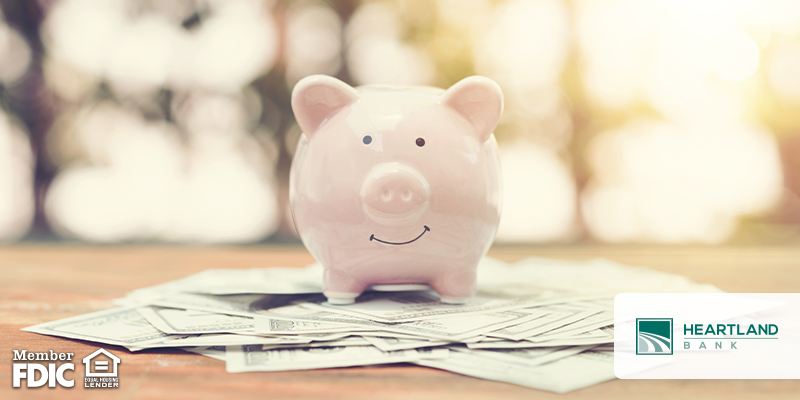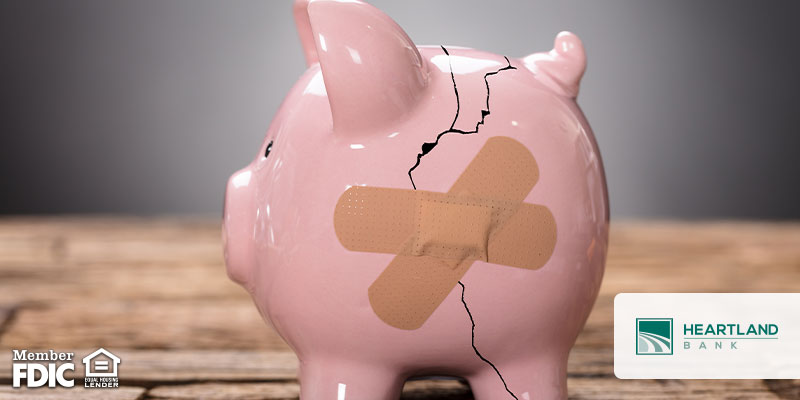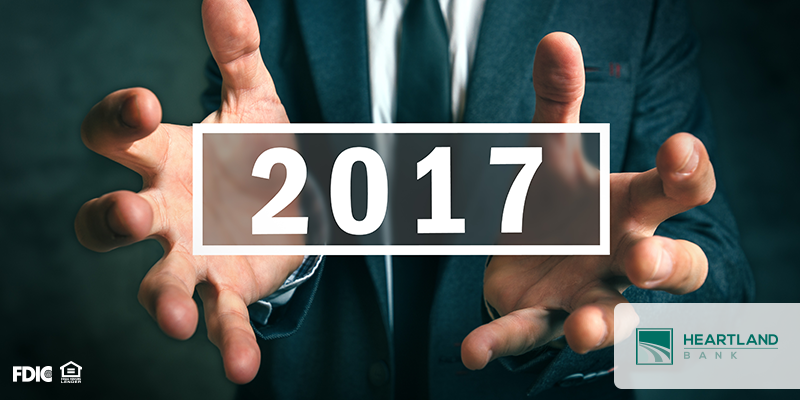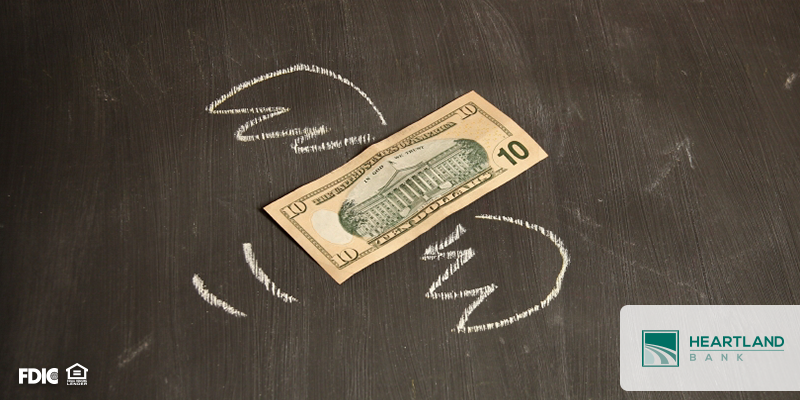
Not only does having an emergency fund give you peace of mind, but it can help you avoid the stress of being in debt. The best time to start building your emergency fund is now! If you’ve heard all about the importance of having this fund but aren’t sure how to get started, keep reading.
Set a Goal
The first step to building your emergency fund is figuring out how much you want to save. There are emergency savings calculators online that can help you figure out a smart amount to aim for. This amount will vary depending on many factors like how many people you’re providing for, what you pay for monthly, if you’re paying off debt, etc.
Break Down Your Goal
Many times your total emergency fund goal can be a large and intimidating number. Breaking the total down into monthly goals is a great way to ease the pressure while still accomplishing your goal on time.
Set Up an Automatic Transfer
The easiest way to make sure your monthly goals are being met is to have a designated amount transfer to your savings account. Your bank can set this up so you don’t have to worry about setting aside money since it does it automatically. Having an automatic transfer set up will make it feel like you’re not losing any money.
Save the Change
You might not think keeping your change for your emergency fund would make a big difference, but it sure adds up. Start keeping the $1 and $5 bills you get back when making purchases and putting them in a jar to add to your emergency fund.
Make Adjustments
As time goes on and your emergency fund grows, you might need to make some adjustments to how much you save every month or your goal amount. These things may need to change over time as your financial situation changes, so don’t be afraid to make proper adjustments.
Having an emergency fund can be a life-saver when issues you weren’t expecting come up. Give yourself some peace of mind by starting to build your fund today. Contact Heartland Bank with any questions you have or if you’d like to learn more about our services.




